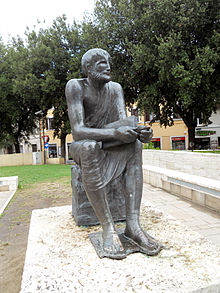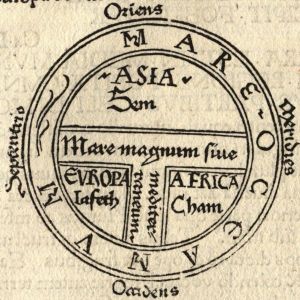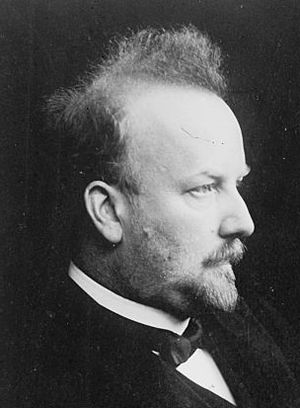
This post completes a series on beliefs about demons that were widespread in philosophical thought at the time of the rise and early growth of Christianity. The previous two posts:
- Ancient beliefs about heavenly realms, demons and the end of the world
- Demons 101 – Early Christianity’s Middle Platonic background
It seems strange to think of “demons” being a topic of “philosophy”, but one of the defining characteristics of “Middle Platonism” was its interest in religion. (See my earlier post, Middle Platonism: a few basics.) Other beliefs (e.g. Jewish sectarian) were extant, too, but here I am only addressing those of Middle Platonist philosophers.
John M. Dillon (The Middle Platonists) discusses the demonology of Apuleius in his De Deo Socratis (=The God of Socrates) at length because
There we find all the basic Middle Platonic doctrine on daemons set out . . . We have here, then, in the De Deo Socratis, the most complete connected version of Middle Platonic demonology extant . . . . (pp. 317, 320)
So though Apuleius was not born till about 123 CE, his writings are consistent with the thought that spanned the Middle Platonic era from the first century BCE to the second century CE, the same period relevant for the development of Christianity. Continue reading “Demonology: the basics of Middle Platonic beliefs as a background to early Christianity”









